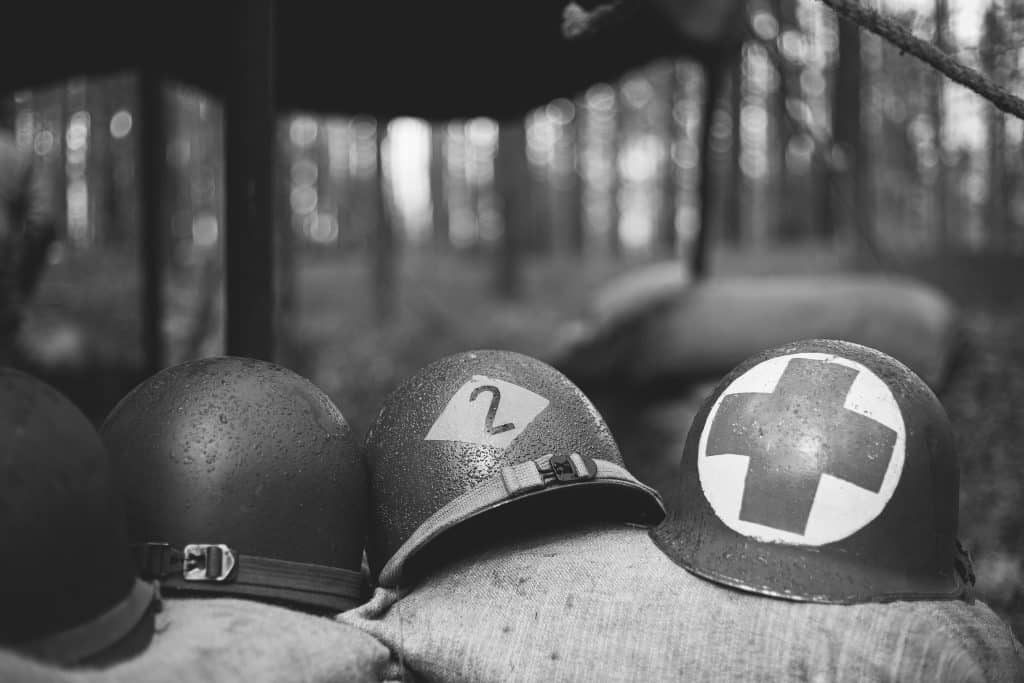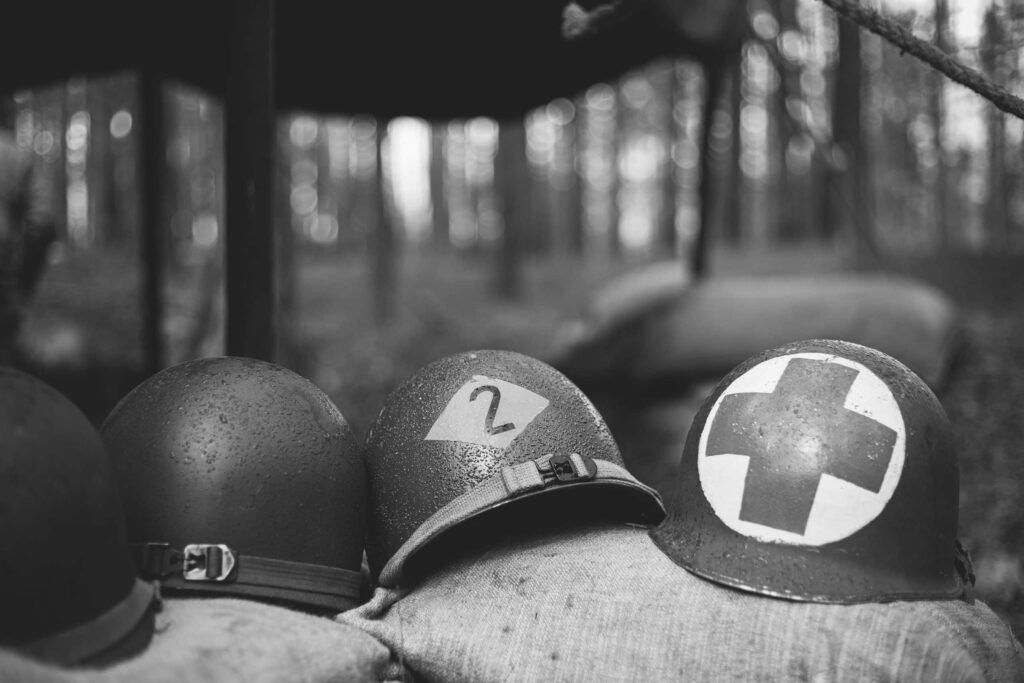
For decades, the water at the military training base of Camp LeJeune was being contaminated with dozens of dangerous toxins. U.S. government agencies have proved that the water was linked to serious illness and death, but justice for the victims of this controversy is still being fought for today.
While the lawsuits against the United States government are ongoing, there have been some major developments in the last few weeks. Here’s what you should know about the Camp Lejeune lawsuits and how to gain compensation if your life was affected by the LeJeune water contamination.
History of Camp LeJeune
In the early 1980s, it was discovered that the water supply at Camp Lejeune, North Carolina was contaminated with numerous chemicals, including benzene, vinyl chloride, and trichloroethylene (TCE). The toxins came from dry-cleaning solvents, degreasers, chemicals used on heavy machinery, and almost seventy (70) other toxic substances.
The water was contaminated for over 3 decades and it’s estimated that over 1 million people lived on the base during that period. The chemicals found in the water are known to cause a variety of serious health problems, including cancer.
The U.S. government has acknowledged that the contamination at Camp Lejeune was responsible for multiple illnesses and deaths. In 2012, Congress passed the Honoring America’s Veterans and Caring for Camp Lejeune Families Act, which provides benefits to veterans and their families who were exposed to the contaminated water.
However, many people believe that the government has not done enough to help those affected by the contamination. In 2014, a group of Camp Lejeune veterans and their families filed a class-action lawsuit against the U.S. government, alleging that the government was negligent in its handling of the contamination.
In 2016, over 800 Camp LeJeune contamination lawsuits were dismissed based on North Carolina’s 10-year statute of repose. But in 2022, the Camp Lejeune Justice Act of 2022 was introduced and combined into a larger bill, the Honoring Our Pact Act of 2021, which focuses on health care benefits and other resources for veterans exposed to toxic substances during military service.
How and When Contamination Occurred at Camp LeJeune
The contamination of the water at Lejeune occurred over a period of many years, from 1953 to 1987. Personnel was exposed to this contamination via two on-base water treatment plants, Tarawa Terrace and Hadnot Point.
These water treatment plants sourced water from the New River, which was known to be contaminated with industrial chemicals. The water from the treatment plants was used for drinking, cooking, and bathing by the people who lived on base.
Water Contamination and Its Effects on Health
The chemicals that were found in the water at Camp Lejeune are known to cause a number of health problems. Exposure to benzene can cause leukemia, while exposure to vinyl chloride can cause liver cancer. TCE is a known carcinogen, and exposure to TCE has been linked to kidney cancer and lymphoma. These chemicals are also known to cause other health problems, such as birth defects, reproductive problems, and neurological damage.
Camp LeJeune Justice Act and Who Can File for Legal Action
The Camp LeJeune Justice Act of 2022 passed the Senate on June 16th, 2022, and is now waiting for a signature from President Biden. The law allows anyone who lived or worked at the base for at least 30 days between 1953 and 1987 and was exposed to its contaminated water to file a claim against the U.S. government.
File a Successful Claim with the Help of Napoli
The contamination at Camp has affected millions of lives. If you believe that you or a loved one were exposed to contaminated water at Camp LeJeune between 1953 and 1987, Napoli Shkolnik is here to help.
Our experienced attorneys can guide you through the process of filing a claim against the government, and we will fight to get you the compensation you deserve. Contact us today for a free consultation.
